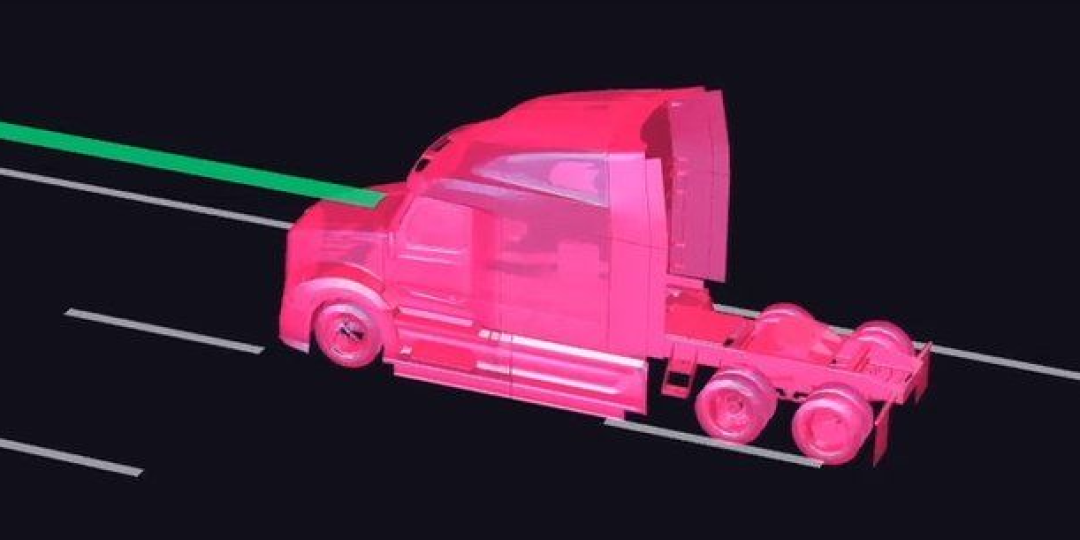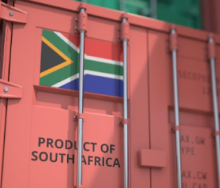Uber Freight is developing its own self-driving trucks using a combination of built-vehicle testing and simulation, particularly when it comes to vehicles in a crash scenario.
The logistics division of the lift hailer has teamed up with Canada’s specialist autonomous trucks developer, Waabi, to fast-track driverless efficiencies across the freight spectrum.
A key focus of Waabi’s development strategy is to digitally simulate accident scenarios.
"Some companies claim that they've driven millions of miles in the real world testing their self-driving systems," says Waabi founder Raquel Urtasan.
"But you can't create accidents to see how their vehicles will react.
“Testing for this is one of the biggest bottlenecks in self-driving today."
She says the firm’s simulator, Waabi World, accurately and realistically replicates real-world conditions.
Endless scenarios can be quickly created by the company's artificial intelligence software, such as computerised cars dangerously crossing lanes, or trucks having to brake sharply after a pedestrian walks into the road, Urtasan said.
“This creates all sorts of useful data which, for example, can show where to place sensors on the truck or how to handle situations that require split-second braking and manoeuvring.”
The data is fed into start-up’s real-world system called Waabi Driver, which has now been put into Uber Freight vehicles operating in Texas in the United States.
Self-driving trucks are legal in that state and do not require a human being to be in the cab as a safety backup.
However, Waabi says that humans will be present in Uber Freight vehicles, at least to begin with.













